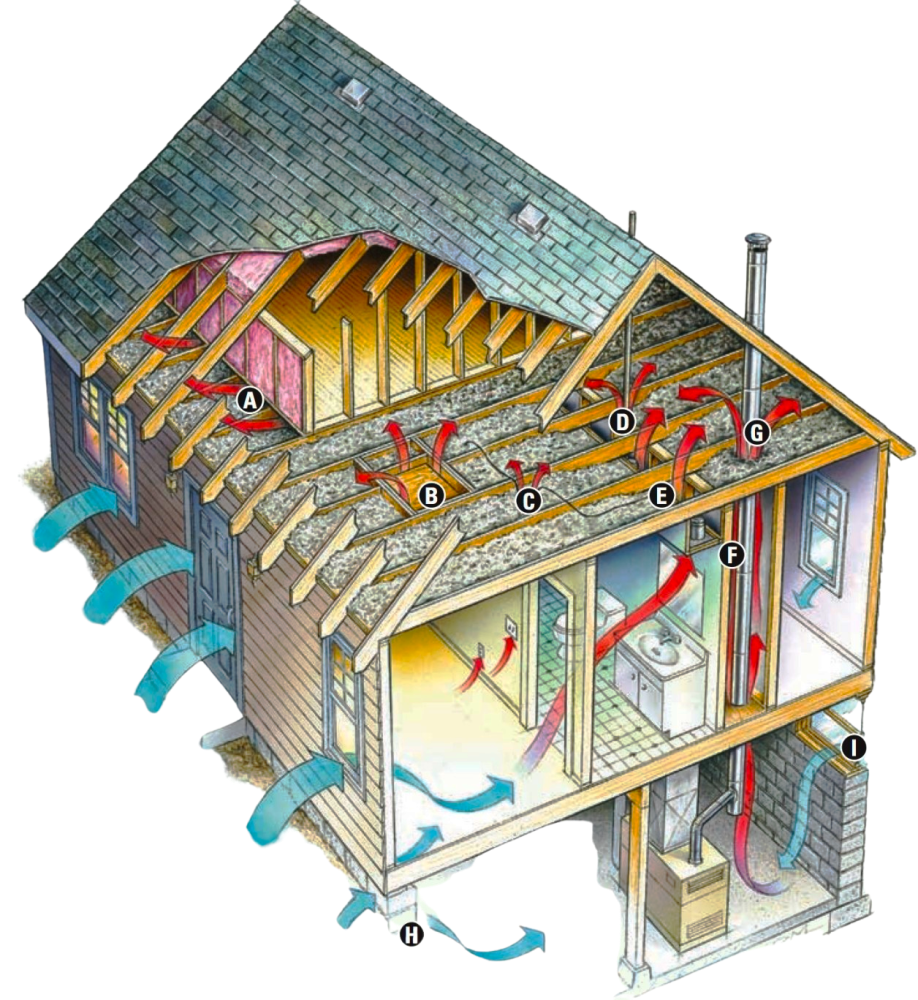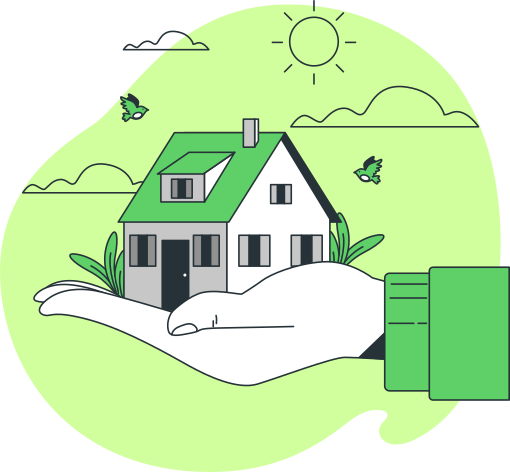Upgrade Your Home with Cellulose Blown-In Insulation
The Smart Choice for Comfort and Savings. Loking for an efficient, eco-friendly way to insulate your home? Cellulose blown-in insulation is your answer! This cutting-edge insulation method not only boosts your home's energy efficiency but also enhances comfort all year round.



Increase savings
Air leaks
- 24 %Optimise energy use
Unlock savings with energy upgrades
Embrace sustainability through our energy solutions, available to homeowners and renters alike.
-
Superior Thermal Performance – Keeps your home warmer in the winter and cooler in the summer, reducing energy bills.
-
Eco-Friendly & Sustainable – Made from recycled materials, cellulose insulation is a green choice for environmentally conscious homeowners.
-
Excellent Soundproofing – Minimize outside noise for a quieter, more peaceful indoor environment.
-
Improved Air Quality – Helps reduce air leaks and prevents allergens from infiltrating your living space.
-
Fire & Pest Resistant – Specially treated to offer protection against fire hazards and unwanted pests.
Don’t just insulate—upgrade! Experience the benefits of cellulose blown-in insulation and create a home that’s energy-smart, comfortable, and protected. Ready to transform your space? Contact us today to learn more!
-

All-Season Insulation
Improve insulation to stay cozy in all seasons.
-

Draft-Free Living
Seal gaps to eliminate drafts and conserve energy.
-

Green Lighting
Modern lighting options for eco-conscious illumination.
-

Custom Energy Tips
Customized advice to cut costs in your daily energy usage.
-

Certified
All services are provided by certified contractors from R-energy Consult.
Our procedure step by step
It's actually very simple and consists of the following three steps.
-

First steps
The assessment, which typically takes one to three hours, takes a "whole house" ... approach, evaluating your home's heating, insulation, electricity usage, and daily activities.
-

Evaluation process
During the assessment, the contractor may provide minor improvements ... , such as installing high-efficiency lighting, adjusting thermostat settings, checking hot water temperature, and evaluating the need for high-efficiency showerheads and aerators. The contractor may also assess the energy use of refrigerators and freezers, check for carbon monoxide, and evaluate the need for additional measures to reduce heating costs, such as evaluating the heating system, inspecting ducts or pipes for heat distribution, assessing insulation levels, measuring air leakage with a blower door test, and checking for gas leaks.
-

Conclusion
Based on the assessment, the contractor may recommend efficiency measures ... , and if approved, the contractor will return to install them. Final tests will be conducted to ensure that the energy efficiency measures are working effectively.
Common household air leaks
Air leaks in homes are an increasingly frequent problem that needs to be solved permanently by adapting the home with the latest system that we offer
Sources of air leaks
-

Behind kneewalls
-

Attic hatch
-

Wiring holes
-

Plumbing vent
-

Open soffit (the box that hides recessed lights)
-

Recessed lights
-

Furnace flue or duct chaseways (the hollow box or wall feature that hides ducts)
-

Basement rim joists (where the foundation meets the wood framing)
-

Windows and doors
Effects of air leaks
-

Cold outside air drawn into the house
-

Heated inside air drawn into the attic

Why Blown-In Cellulose Insulation Is a Smarter Choice for Your Home
An eco-friendly, efficient solution for superior home insulation
Comparing Cellulose to Traditional Insulation Options
When it comes to insulating your home with sustainability in mind, blown-in cellulose stands out from the rest. Unlike traditional fiberglass batts that can leave gaps if not perfectly cut and installed, cellulose is applied using a mechanical blower, allowing it to fill even the smallest crevices. This ensures more complete coverage and improved thermal performance. Additionally, cellulose insulation typically boasts a higher R-value, enhancing your home’s energy efficiency while reducing your environmental impact.
